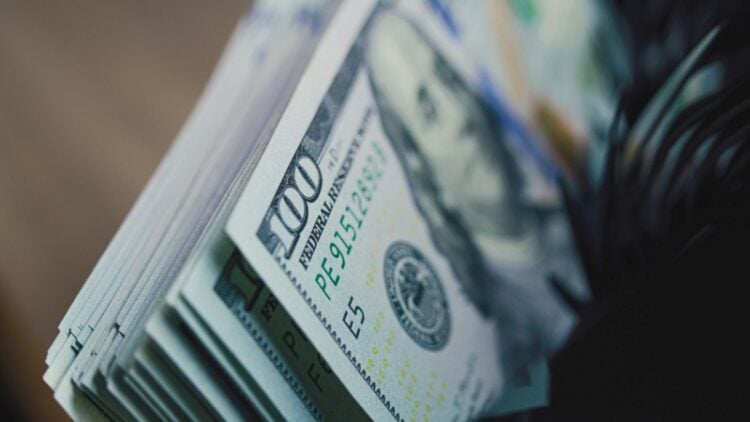Publisher: Maaal International Media Company
License: 465734
Dollar Falls as Trump, Putin Talk Over End to War in Ukraine
The dollar weakened against most major currencies as prospects for an end to the war in Ukraine drove appetite for riskier assets, Bloomberg reported.
The euro and eastern European currencies were among those leading the rally against the greenback, while European stocks climbed.
US President Donald Trump agreed in a phone call with his Russian counterpart Vladimir Putin to start negotiating an end to the war, a change from previous US policy. US Treasury Secretary Scott Bessent also presented an economic partnership agreement to Ukrainian President Volodymyr Zelenskiy during a visit to Kyiv.
اقرأ المزيد
“Hopes of a Russia-Ukraine truce are fueling the positive vibes post Trump’s chat with Putin,” said Rodrigo Catril, senior foreign-exchange strategist at National Australia Bank Ltd. in Sydney. “A Russia-Ukraine truce offers the potential for a topside break” for the euro, he said.
The euro climbed as much as 0.6% to $1.0440, heading for a third day of gains — its longest winning streak this year. In the options market, short term sentiment has turned from negative to neutral, with traders on Wednesday mostly going for bets on further gains.
Hedge funds have been unwinding bullish exposure on the dollar versus the common currency, according to Europe-based traders familiar with the transactions who asked not to be identified because they aren’t authorized to speak publicly. A gauge of the dollar fell as much as 0.3% before paring the drop.
The euro has been dragged down recently by the European Central Bank pushing ahead with interest-rate cuts as the Federal Reserve takes a pause.
While the difference between European and US rates in the short term may not work in the euro’s favor, there is more scope for long-end bond yields to converge, Morgan Stanley strategists including David Adams wrote in a note. Even a partial convergence in 10-year yields could help push the euro up to the US bank’s target of $1.08, they said.
The switch in investor sentiment also drove gains in Asian currencies, with the offshore yuan rising as much as 0.4% against the dollar to a one-week high.
The dollar move “was sparked by euro buying, and then stops triggered on other long US dollar positions — dollar-offshore yuan, for example, breaking below 7.30,” said Alvin Tan, head of Asia FX strategy at RBC Capital Markets in Singapore. “There’s also a risk-on element to the move.”









